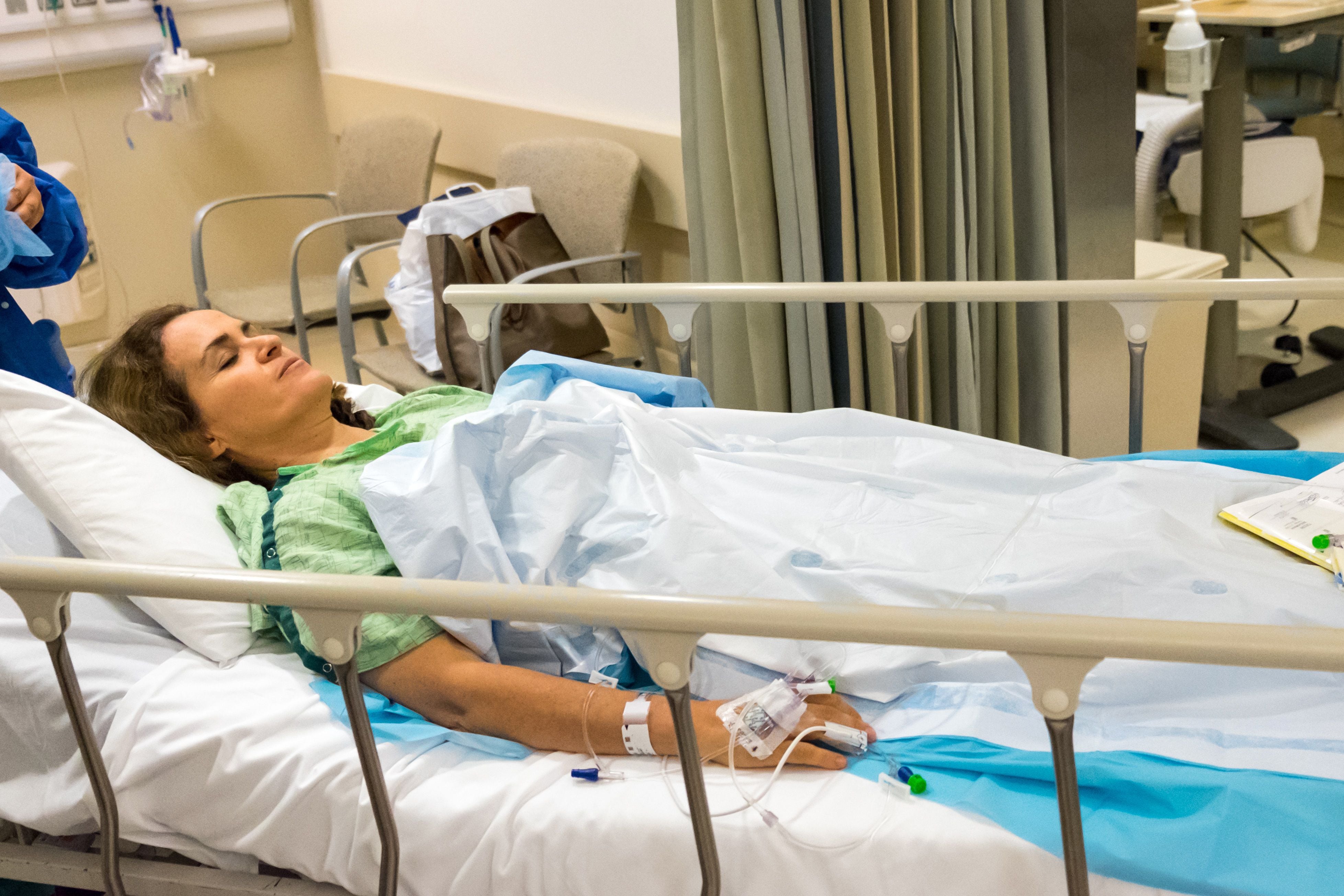BPH can be treated with minor, minimally invasive surgery or drug treatment. However, for some men with enlarged or swollen prostates, surgery is required. There are three main surgical options for BPH treatment.
This is also known as transurethral (TURP) resection. This is the most common form of surgery for BPH treatment. It involves the removal of the inner core of your prostate. You can also find more about BPH surgery through https://toowoombaspecialists.com.au/laser-therapy-for-bph.

Image Source Google
To remove prostate tissue, the procedure is done under general anesthesia (or using a spine anesthetic). A wire cutting loop is then inserted through the urethra. The procedure will require patients to stay in the hospital for a minimum of one to two days. After surgery, a catheter will be used to drain the bladder. This can take up to three days.
If the prostate isn't too large, a less invasive form of surgery called transurethral Incision of the Prostate (TUIP), may be performed. Instead of removing prostate tissue, a series of incisions are made to relieve the pressure on the bladder. Patients will be admitted to the hospital for anesthesia once again.
Patients who have had TURP or TUIP surgery will typically need to recover in two to four weeks. They may also experience some discomfort or pain. Side effects that were most often seen after surgery include erection difficulties, which can occur in about 3% to 13% of patients, and urinary retention which can happen in approximately 1% to 21% of patients. Most patients will experience some degree of urgency or increased frequency of urination.